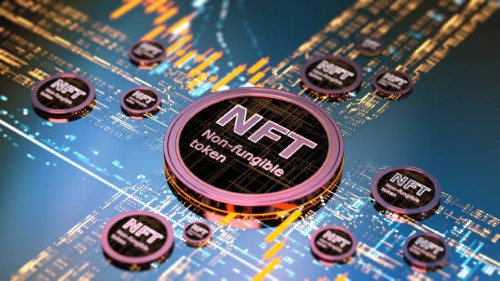How to create NFTs: Begin Envisioning the End Result

When you are creating NFTs or any other type It is essential to understand
what you wish to create. How will the final NFTs appear? In our instance we're
trying to create to create a collection that is computer-generated. This means
we must start with artwork composed of various components that could be combined
to form one unit.
Furthermore, due to Halloween we decided to design special kinds of mutants
or zombies. Let's look at some inspiring artwork.
It is possible to see the parts of each image in the above images. The
background, naked man as well as the clothes and a cap (or accessory) are all
part of every image. We can create an assortment by randomly combining the
various items.
It's also up to us to decide if any component or combination thereof is more
rare than the others. When we move to the code, we will set up the rareness. To
the nft generator it is necessary to first begin with the PNG images files of
each component (they have transparent backgrounds).
The Art Part
To actually create the artwork piece(s) to create the art piece, you'll need
to connect with your creative side or outsource an artist to complete this task.
We recommend Photoshop in the event that you're able to create each layer as a
distinct layer if you choose to create it yourself. This is how to do
it:
Find out the elements you will need to construct.
Each element must be drawn.
Export each layer as a separate PNG image.
If you are hiring an artist to work for you, we would suggest that they
supply you with a separate PNG of each component. After that, you'll be able to
proceed to the programming portion. This will allow you to design various
combinations of these elements. If they supply you with the ".psd" file, use the
following steps to save every layer in a separate image.
The Coding Part
Once we have PNG files for every component We are now able to actually create
NFTs. To do this, we will use JavaScript (JS) code. Furthermore, in addition to
creating final image files, we also want to generate metadata files (JSON
files). These are where information like rarity and other information is
recorded for each complete image, which will then serve as our nft generator. The actual NFTs won't
be available until we have completed the transaction (mintNFTs). This will
provide information on our JSON files that we have converted to blockchains and
image files (we've made an additional tutorial on Moralis' blog).
Configuration for Collection
As the "config.js" name suggests it, we'll use this file to decide the method
by which our collection engine creates final image files. This includes
information about the image's size, metadata description, base URL edition ID,
Non-fungible token count
and many other information.
The code in this example already makes use of Moralis. Therefore, you will
must create the Moralis server and include that server's URL inside the code.
Keep in mind that the parameters can be adjusted to meet your desired outcomes.
For instance, we're using one thousand by one thousand pixel image sizes and the
total is ten full images. You can alter this number to ten thousand.
One of the most important elements of the code above is how we layer our artwork. If we layer the background over and over other elements it will completely cover them all. Therefore, it is crucial to make sure that you properly determine layers to achieve the desired outcome.
Коментарі
Дописати коментар